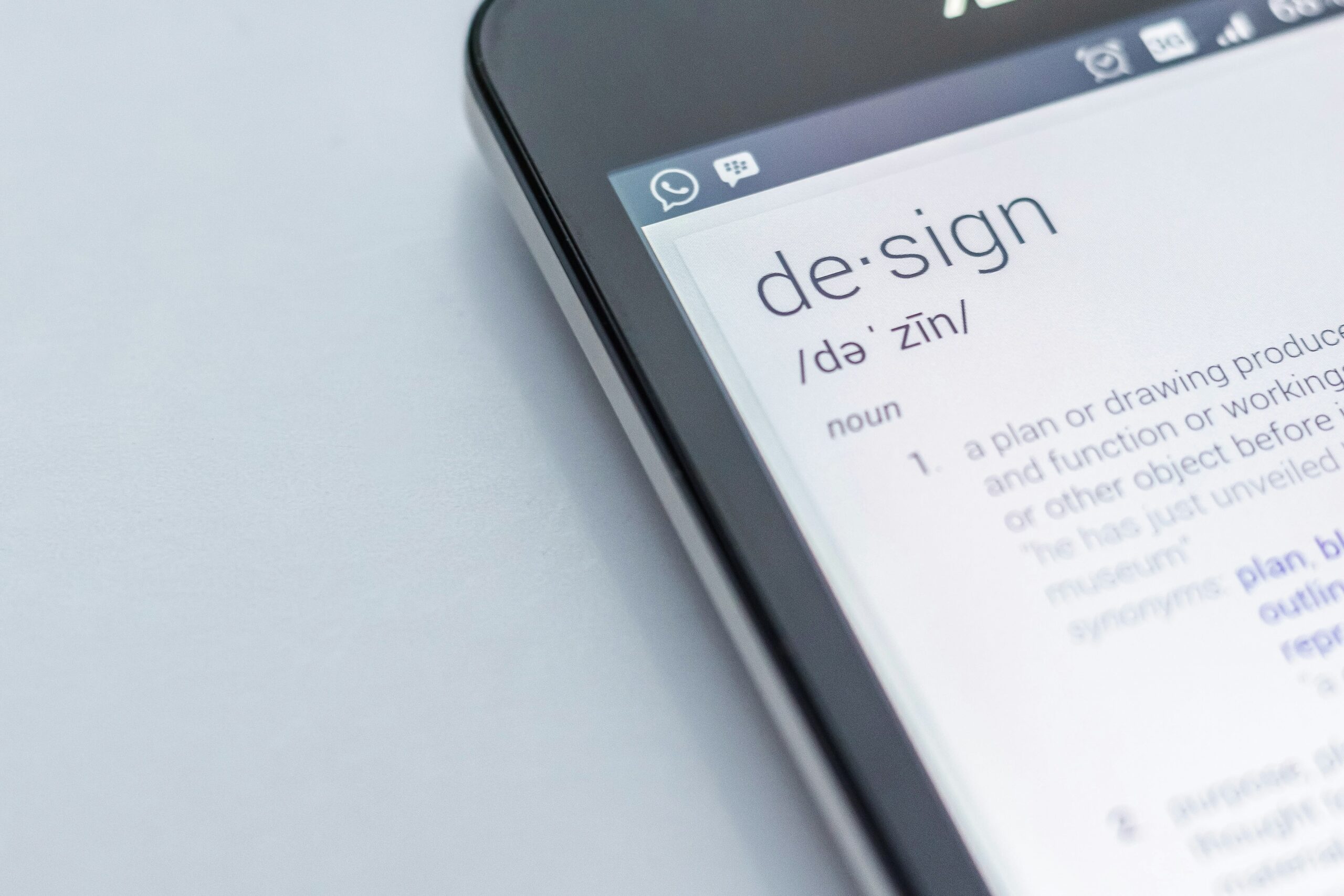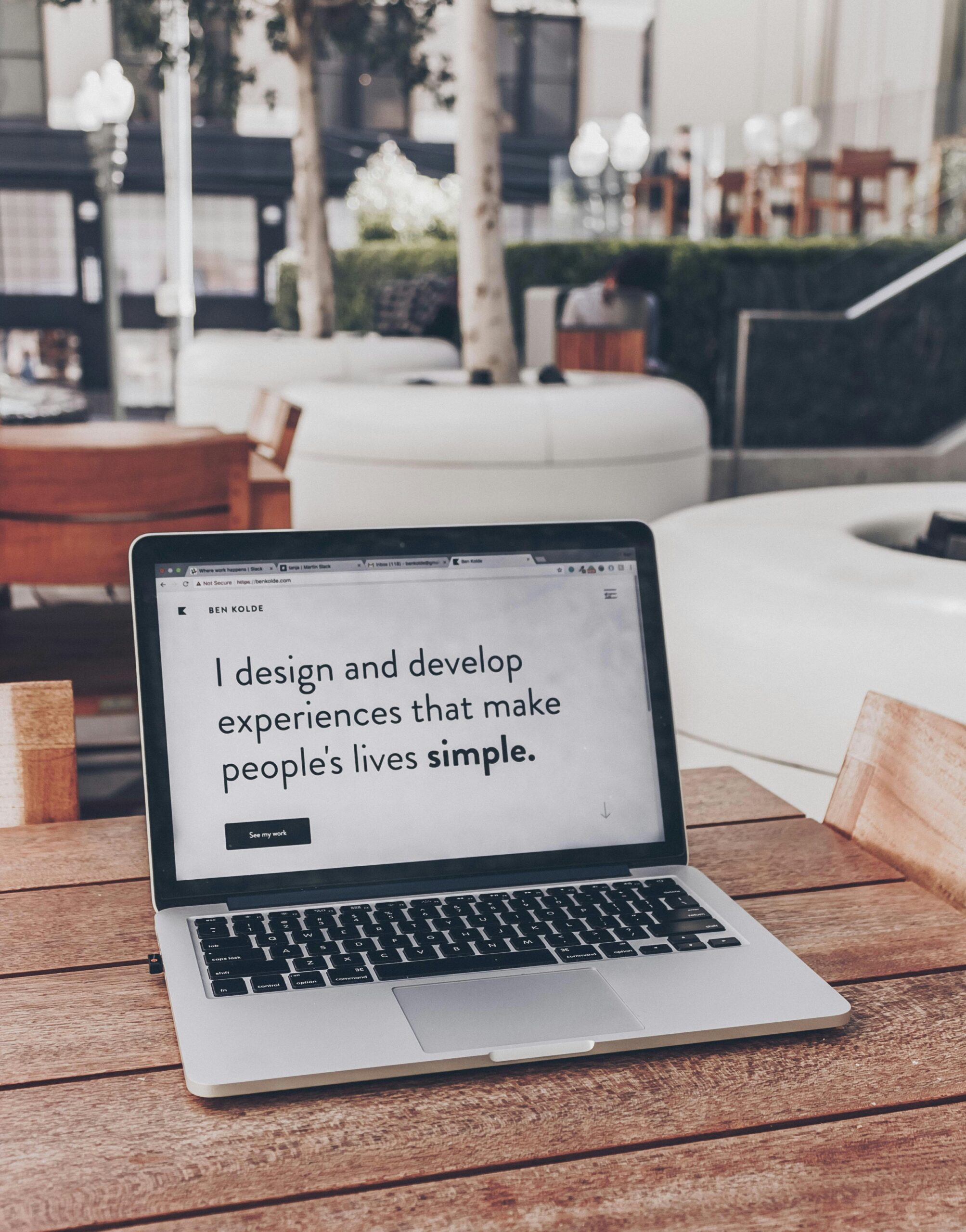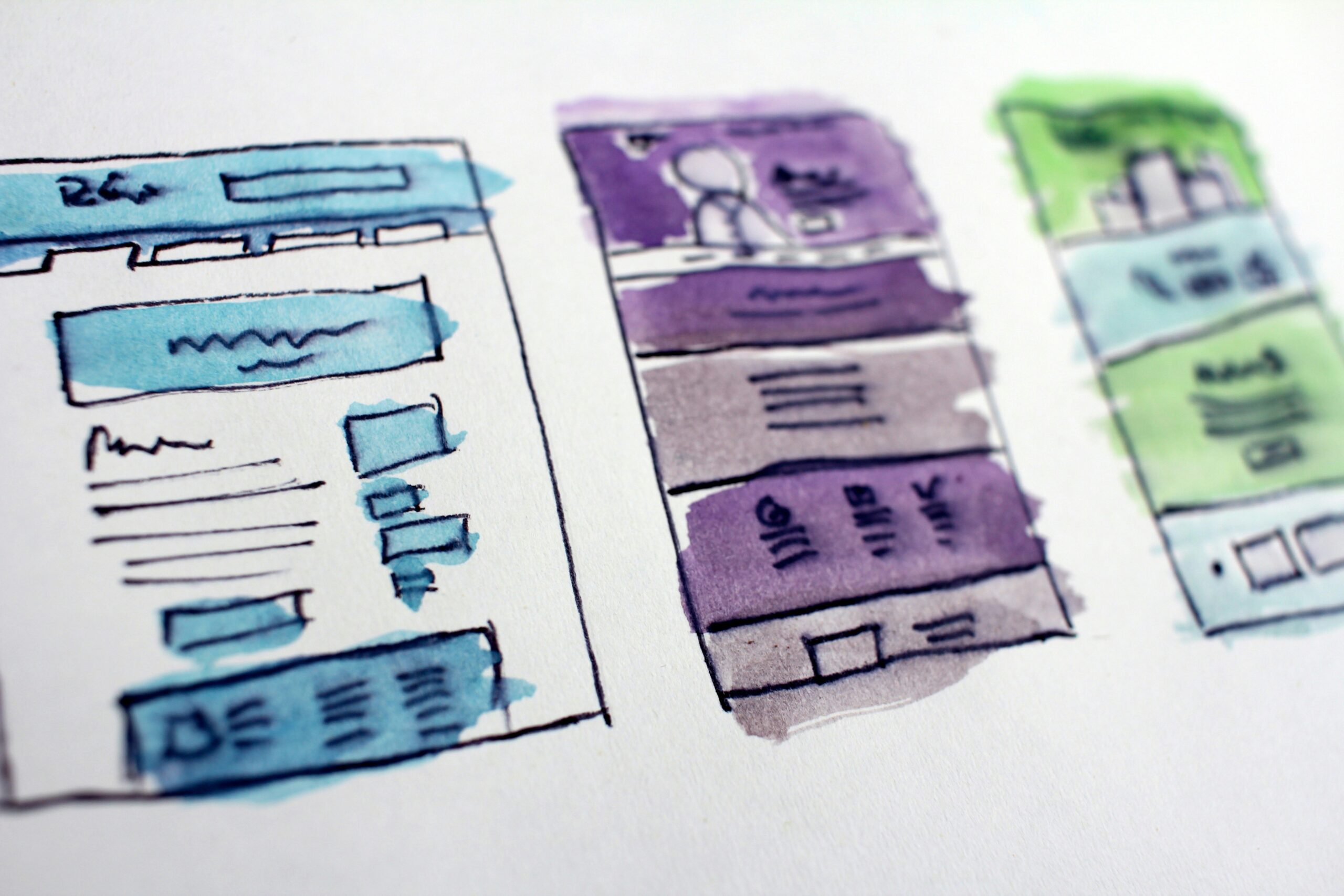In today’s digital age, user experience (UX) and user interface (UI) design play a crucial role in the success of any online platform. Airbnb, a popular online marketplace for accommodation and travel experiences, understands the importance of providing a seamless and enjoyable user experience. In this blog post, we will explore some key elements of a successful UI/UX solution for Airbnb.
1. Intuitive and User-Centric Design:
One of the main goals of a UI/UX solution for Airbnb is to create an intuitive and user-centric design. This means that the interface should be easy to navigate, with clear and concise instructions. Users should be able to find what they are looking for quickly and effortlessly. Airbnb achieves this by using a clean and minimalist design, with a focus on visual hierarchy and clear call-to-action buttons.
2. Streamlined Search and Booking Process:
The search and booking process is at the core of Airbnb’s platform. A successful UI/UX solution should make this process as smooth and efficient as possible. Airbnb accomplishes this by providing users with a powerful search engine that allows them to filter and sort listings based on their preferences. Additionally, the booking process is simplified with a step-by-step flow, ensuring that users can easily complete their reservation.
3. Personalized Recommendations:
To enhance the user experience, Airbnb leverages data and algorithms to provide personalized recommendations. By analyzing a user’s search history, preferences, and previous bookings, Airbnb can suggest relevant listings and experiences. This level of personalization not only helps users find what they are looking for faster but also creates a more engaging and tailored experience.
4. High-Quality Visuals and Descriptions:
When it comes to booking accommodations, visuals play a crucial role in the decision-making process. Airbnb understands this and emphasizes the importance of high-quality visuals and detailed descriptions. From professional photographs to comprehensive descriptions of amenities and nearby attractions, Airbnb ensures that users have all the information they need to make an informed decision.
5. Seamless Communication and Support:
Another key aspect of a successful UI/UX solution for Airbnb is seamless communication and support. Airbnb provides users with a messaging system that allows them to communicate directly with hosts, ensuring that any questions or concerns can be addressed promptly. Additionally, Airbnb offers a comprehensive support center with FAQs, guides, and a dedicated customer support team to assist users throughout their journey.
6. Mobile-Friendly Design:
With the rise of mobile usage, a UI/UX solution for Airbnb must be optimized for mobile devices. Airbnb recognizes this and offers a mobile-friendly design that allows users to search, book, and manage their reservations on the go. The mobile app provides a seamless experience, with all the features and functionalities available on the desktop version.
7. Trust and Safety:
Trust and safety are paramount in the travel industry, and Airbnb takes this seriously. A successful UI/UX solution should instill confidence in users by showcasing trust signals, such as verified user reviews, secure payment options, and robust safety measures. Airbnb’s UI/UX design incorporates these elements to create a sense of trust and reliability.
In conclusion, Airbnb’s success can be attributed in part to its well-designed UI/UX solution. By focusing on intuitive design, streamlined processes, personalized recommendations, high-quality visuals, seamless communication, mobile optimization, and trust and safety, Airbnb has created a user-friendly and engaging platform. By implementing these key elements, businesses can enhance their own UI/UX solutions and provide a superior user experience for their customers.
Remember, a successful UI/UX solution is an ongoing process that requires continuous improvement and adaptation to meet the ever-changing needs and expectations of users.











Leave a Reply